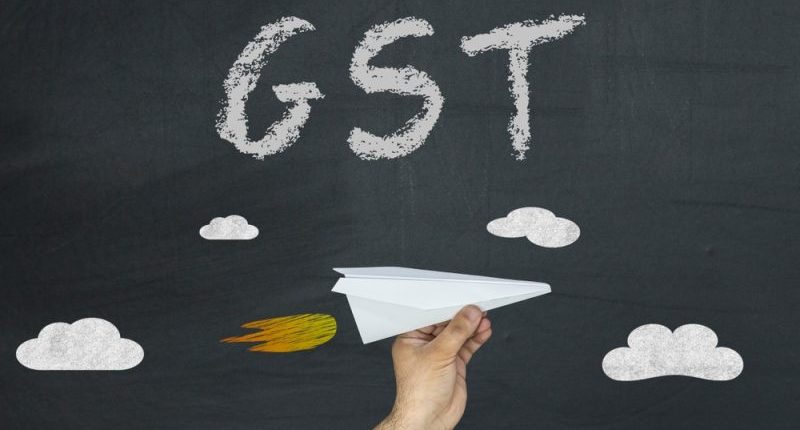Last week, the Central government said it will borrow through the special window from the Reserve Bank of India (RBI) and lend the same to states who opted for debt to meet GST compensation cess shortfall.
Under the option-1, states were to be provided with borrowings worth of ₹1.1 lakh crore through a special window. In addition to these borrowings, states will be provided with authorisation for additional Open Market Borrowings (OMBs) of 0.5% of their Gross States Domestic Product(GSDP). The Ministry of Finance has issued the authorisation for increased OMBs of 0.5% of GSDP on 13th October. These are a part of relaxation measures for the reform conditions that were stipulated for eligibility.
Additionally, under option-1, the states are also eligible to carry forward their unutilised borrowing space to the next financial year. Under the special window, the estimated shortfall of ₹1.1 lakh crore assumes that all states will opt for option-1.
Also Read: E-Way Bill facility will be Blocked for GTR-3B Defaulters
The amount borrowed from RBI will be passed on to the states as a back-to-back loan instead of GST compensation cess releases. This move will not have any impact on the fiscal deficit of the Government of India. The borrowings will be reflected as the capital receipts of the state governments and will be considered as part of the financing of its respective fiscal deficits.
The said special window will avoid differential rates of interest that individual states may be charged for their respective State Development Loans and will be an administratively easier arrangement. It is also clarified that the general government borrowings will not increase by this step.
The states that get the benefit from the special window are likely to borrow a considerably lesser amount from the additional borrowing facility of 2% of GSDP from 3% to 5% under the Aatma Nirbhar Package.
The borrowings will show as debt in the books of states so the Centre’s fiscal deficit will be unaffected. Until now, 21 states and two union territories have opted for this option to bridge their GST revenue shortfall this year.
The development comes at a time when the states have seen a sharp fall in tax receipts due to the outbreak of coronavirus pandemic in the country.
For any clarifications/feedback on the topic, please contact the writer at
DVSR Anjaneyulu known as AJ, is a Chartered Accountant by profession. Loves to listening to music & spending time with family and friends.




